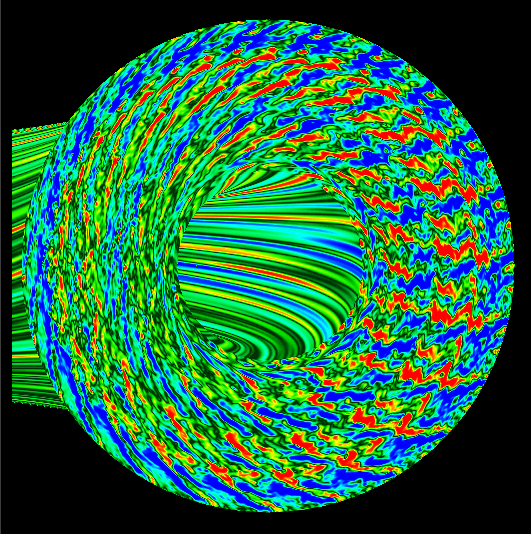
Kinetic codes
Space and laboratory plasmas can be considered collinsionless in many situations and their dynamics, driven in part by kinetic effects, i.e. more or less transient deviations from thermodynamical equilibrium, can be described by the Vlasov-Maxwell (or Vlasov-Poisson) equations. In plasma physics, the physical content of these equations is conceptually simple: Coulomb interactions between the charged particles are replaced by a common mean electromagnetic field, determined by the Maxwell or Poisson equation.
The Vlasov equation is a nonlinear partial differential equation which describes the evolution of a distribution function f in the six dimensional phase space. In the realistic cases (even simplified) the Vlasov-Maxwell system is not solvable analitically and the only way to investigate the dynamics of such system, in the full nonlinear case, is to use a numerical code.
The algorithm for the solution of the Vlasov equation in the phase space is based on the well known "splitting method", coupled with a finite difference upwind scheme. The algorithm gives a solution correct at second order in time and space. At the moment, within the possibilities of existing computers, it is almost impossible to solve numerically the Vlasov equation in 6D phase space, but a great number of physics phenomena can be investigated in 1D (one dimensional physical space) 3V (three dimensional velocity space), using a quite good grid resolution.
Of course, is not possible to increase the numerical resolution with a scalar implementation of the algorithm, so, in order to increase the precision of a kinetic code, is necessary to exploit the performances of a parallel supercomputers and all our kinetic algorithms are implemented in parallel version, using the MPI and OMP directives.